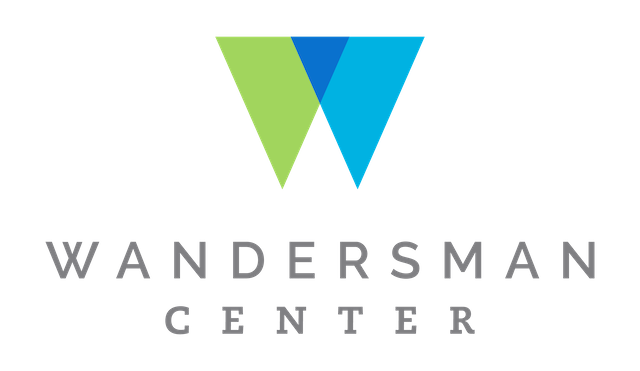There are many effective innovations to prevent poor outcomes and to promote general well-being. Spreading and scaling these innovations could significantly reduce suffering and improve quality of life on the community-level. Organizations involved in prevention and treatment interventions like hospitals, federally qualified health centers, schools, and other community-based organizations are frequently pushed to adopt new strategies with the expectation that changes will help their populations achieve better outcomes. A significant driver of whether these interventions have an impact is implementation quality. Not following the intended methods can lead to poor implementation, which can then in turn then lead to null effects [1]. Implementation science tries to identify the ingredients that make effective interventions work in community-based settings. However, putting the next new thing into place can be challenging and often meets resistance from organizations [2]. Therefore, Organizational Readiness to implement a new program, policy, practice, or process can be essential in promoting quality implementation [3]. As a field, implementation science holds great potential to bridge the gap between research and practice. However, theory without practice is unhelpful (apologies to Kurt Lewin). Paradoxically, stakeholders on the ground who could most benefit from implementation science findings often can not. Models, methods, and measures are not always accessible and translatable to practitioners and administrators. Academic articles may be behind a paywall or written in inaccessible prose that requires an extensive study. Many practitioners cannot budget the time for such a task. To address this need, many organizations then enlist additional supports to provide training and technical assistance. However, the costly nature of these resources may also make them inaccessible for organizations. Even just applying for additional funding requires a set of grant-writing capacities that may be beyond many providers. Organizations that receive funding tend to be higher in capacities and often come from communities that are also moderately vibrant and resourced. Conversely, funders must also be judicious because their resources are not unlimited. Over time, funding distribution can unintentionally become inequitable, leading to gaps in community outcomes. Equitably distributing resources is critical to improving community health and wellbeing. Domestically and globally, there is a gap between organizations that have the time, resources, and capability to access extramural funding and resources and those that cannot. Furthermore, there are many areas in the United States where there is only one or a limited number of providers. If an organization can not benefit from implementation science because they lack resources and capability, and if they are the sole provider for a population, there may be increased disparities because there is potential for poor implementation in the “poorer” settings. The R=MC^2 model of readiness may provide a pathway. The Wandersman Center’s applied research has demonstrated several properties of organizational readiness.
Sources
1. Durlak, J. A., & DuPre, E. P. (2008). Implementation matters: A review of research on the influence of implementation on program outcomes and the factors affecting implementation. American journal of community psychology, 41(3-4), 327. 2. Ford, J. D., Ford, L. W., & D'Amelio, A. (2008). Resistance to change: The rest of the story. Academy of Management Review, 33(2), 362-377. 3. Scaccia, J. P., Cook, B. S., Lamont, A., Wandersman, A., Castellow, J., Katz, J., & Beidas, R. S. (2015). A practical implementation science heuristic for organizational readiness: R= MC2. Journal of Community Psychology, 43(4), 484-501. 4. Damschroder, L. J., Aron, D. C., Keith, R. E., Kirsh, S. R., Alexander, J. A., & Lowery, J. C. (2009). Fostering implementation of health services research findings into practice: a consolidated framework for advancing implementation science. Implementation science, 4(1), 50. 5. Weiner, B. J. (2009). A theory of organizational readiness for change. Implementation science, 4(1), 67. 6. Flaspohler, P., Duffy, J., Wandersman, A., Stillman, L., & Maras, M. A. (2008). Unpacking prevention capacity: An intersection of research-to-practice models and community-centered models. American Journal of Community Psychology, 41(3-4), 182-196.
1 Comment
|
Categories
All
Archives
September 2023
|


 RSS Feed
RSS Feed
